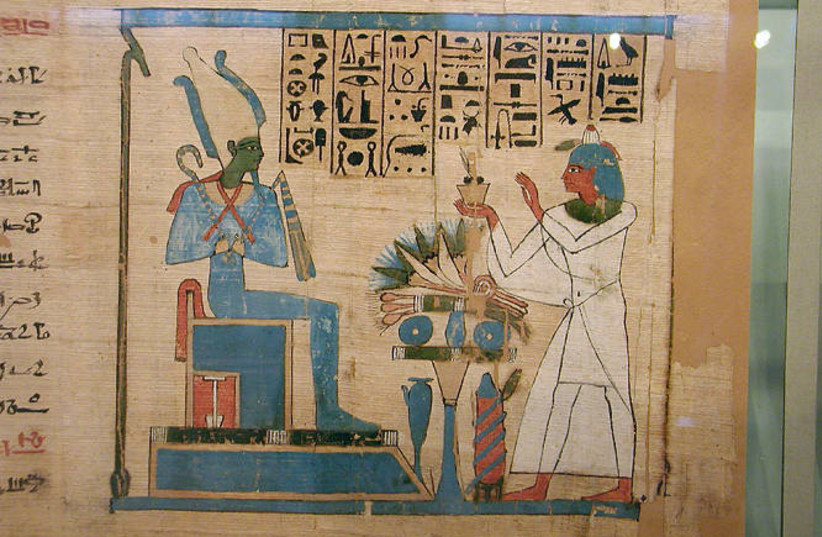An Egyptian archaeologist managed to uncover a first in a century find in Saqqara: A 16-meter-long papyrus scroll containing texts from the Book of the Dead, the Egypt Independent reported, citing an announcement made last Monday by Supreme Council of Antiquities Secretary-General Mostafa Waziri.
The papyrus scroll was fully restored and translated at Tahrir's Egyptian Museum and has been named the Waziri Papyrus, Waziri revealed in an Egyptian Archaeologists' Day ceremony, the Egypt Independent reported.
What is the Egyptian Book of the Dead?
The Book of the Dead is a funerary text believed to date back from the beginning of Egypt's New Kingdom era.
Despite an ominous-sounding name, the book is hardly anything of the sort. Rather, it was simply instructions for funerals and for how to best help a deceased Egyptian travel to the underworld and into the afterlife.
Likewise, the Book of the Dead was not a specific singular book. Rather, there were several different papyri upon which the Book of the Dead was written, after which it would be placed in the coffin or burial chamber. This is why they were actually commissioned in advance.

Since there was no single Book of the Dead and no specific canon for it, the exact details varied, with different "spells" having been included, with just under 200 spells thought to have been known, each varying between individual papyri.
The most famous spells – which are not necessarily magical acts performed by an individual but are more or less equivalent and interchangeable with the word "chapter," complicated further by the blurred line between where the ritualistic words end and outright magical incantations begin in ancient Egypt – relate to the Weighing of the Heart, when the deceased's heart would be weighed against the goddess of truth and justice, Maat (symbolized by an ostrich feather) to see if they would be judged to have lived a good life and could enter the afterlife.
